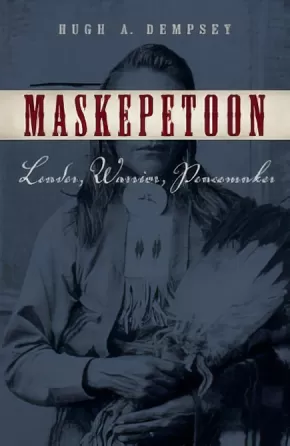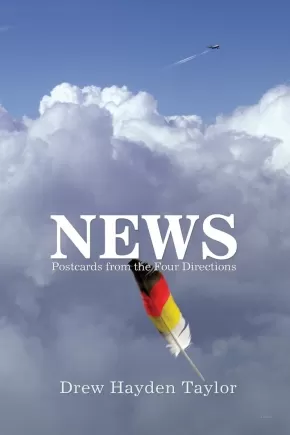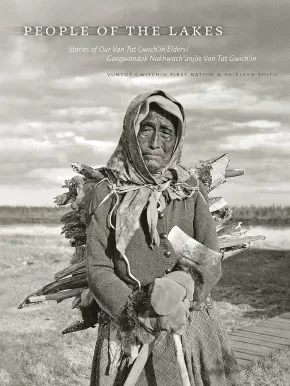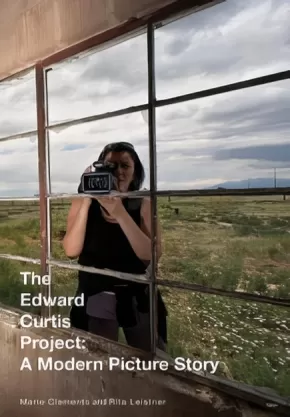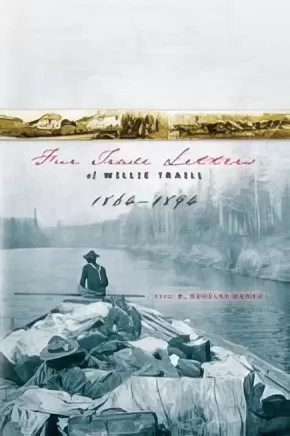Canadian Indigenous Books for Schools 8 - 12 2011-2012
Synopsis:
As a leader, Maskepetoon was respected for his skill as a hunter, his generosity and his wisdom. He was considered a "lucky" chief, a man who found buffalo on the edge of the plains, who avoided unnecessary conflicts with enemies, but protected his camp like a mother grizzly with her cubs. And in the turbulent mid-1800s, that's exactly the kind of leader the Rocky Mountain Cree needed. Maskepetoon followed his own inclinations for peace and friendship. He formed allegiances with missionaries and guided settlers through the Rockies. Yet if necessary he could kill with impunity, rule with an iron hand and show no mercy where he believed none should be shown. He transformed his people from woodland trappers to buffalo hunters and from woodsmen to prairie dwellers, always keeping their interests at heart. Hugh Dempsey's account of the legendary chief and his life includes insights from the Cree people of today, including descendants of Maskepetoon, and new information on the chief of the same name who lived in the United States during this time.
Synopsis:
Exotic postcards from playwright, novelist and screenwriter Drew Hayden Taylor's globetrotting adventures, with news about aboriginal peoples around the world.
In this collection of short humourous essays originally written for the popular media, playwright, novelist and screenwriter Drew Hayden Taylor sends his readers fascinating and exotic postcards from his globetrotting adventures, always on the lookout for the NEWS about aboriginal peoples around the world. Organized around the thematics suggested by the four cardinal directions central to the Ojibwa peoples-East for beginnings and youth; South for journeys both physical and spiritual; West for maturity and responsibility; and North for contemplation and wisdom; these communiques are sent not so much to instruct as they are to delight. Never without a healthy dose of irony, humour and often unabashed laughter, these "postcards" offer their readers unexpected insights into the intense and often hilarious complexities of our new multicultural reality. Throughout his travels, Taylor has discovered that the four cardinal points are central to most First Nations' teachings concerning the landscape and how to live on it to survive, build families and communities, create cultures and develop notions of spirituality and identity. This is not, however, a seamless or even necessarily recognizable paradigm from place to place throughout North America, and there is plenty of room for doubt, misunderstandings and unintentional social faux pas even among and between aboriginal peoples themselves. One of the great discoveries of this collection is that each of our First Nations boasts its own traditions-go a hundred miles in any direction and you are no longer on certain ground with respect to the meanings, attributes, even the colours definitive of these cardinal points of the social compass.
Additional Information
|
Synopsis:
Many people have a mental picture of the Canadian north that juxtaposes beauty with harshness. For the Van Tat Gwich'in, the northern Yukon is home, with a living history passed on from elders to youth. This book consists of oral accounts that the Elders have been recording for 50 years, representing more than 150 years of their history, all meticulously translated from Gwich'in. Yet this is more than a gathering of history; collaborator Shirleen Smith provides context for the stories, whether they are focused on an individual or international politics. Anthropologists, folklorists, ethnohistorians, political scientists, economists, members of First Nations, and readers interested in Canada's northernmost regions will find much to fascinate them.
Additional Information
|
Synopsis:
A profoundly moving new drama by Marie Clements, combined with a spectacular contemporary photo exhibit by Rita Leistner.
Edward Curtis saw his job as that of creating a photographic record of “the vanishing race of the North American Indian.” His work therefore became as much a projection of colonial attitudes upon aboriginal peoples as it was an authentic record of their lives.
The Edward Curtis Project began when the Presentation House Theatre commissioned Marie Clements to write a play that would stage the issues raised by Curtis’ monumental but controversial achievement—to dramatize not only the creation of his twenty-volume photographic and ethnographic epic and the enormous commitment, unwavering vision, sacrifice, poverty and ultimate disappointment it represented for the photographer, but also the devastating legacy that his often misrepresentative and imposed vision had on the lives of the people he touched.
Upon receiving the commission, Marie Clements immediately asked photojournalist Rita Leistner to create a parallel photographic investigation of Curtis’ work—to question the practice of documentary photography with the very medium under scrutiny. After two years of retracing Curtis’ footsteps, travelling to First Nations communities throughout North America, Clements finally felt that between them: “We were making our own pictures out of our own beliefs and they were adding up. We were inside the lies and beauty of history, of gender and class, we were making a case for the future.”
This collaborative work of two artists, to take Curtis’ photographs to heart and to see who and what might live inside them today, resulted in a profoundly moving new drama by Marie Clements, and a spectacular contemporary photo exhibit by Rita Leistner. Published together here, they illustrate the trauma that the notion of a “vanishing race” has inflicted on an entire people, and celebrate the triumph of a future in which North American First Nations communities “are everywhere and it is beautiful.”
Synopsis:
Son of Catharine Parr Traill and nephew of Susanna Moodie, William Edward Traill, better known as Willie, came by his literary talent naturally. He found employment with the Hudson’s Bay Company in what was to become the Canadian West. His letters home are a rich and detailed portrait of domestic life in the fur trade of the Northwest between 1864 and 1893. At turns gritty then deeply touching but always fascinating and informative, the Willie Traill letters throw open a window on the joys and heartbreaking challenges of family life in the service of the fur trade.
Reviews
"As Michael Peterman writes in the Foreword, Willie Traill went west in 1864 and devoted his entire working life to the Hudson's Bay Company. His career took him westward from the Manitoba territory to Fort Ellice and many other posts before he completed his tenure at Fort St. James in British Columbia. He and Harriet, daughter of Chief Factor William MacKay, had twelve children, nine of whom survived....There are more than 250 of William Traill's personal letters extant, and 177 are represented in Fur Trade Letters of Willie Traill. These letters, written to family and close friends, trace Willie Traill's entire twenty-nine-year career with the Hudson's Bay company, from his days as a raw recruit to his retirement from the Company as a seasoned veteran. These letters invite readers into Willie's life as it unfolds—giving them an intimate view of the daily challenges faced by an HBC trader and his family....Willie would see Mother Nature at her worst: frosts, droughts, floods, hailstorms, famines, fires, and hordes of grasshoppers that totally destroyed crops and gardens. He would witness the dreadful smallpox, scarlet fever, and whooping cough epidemics that decimated the Plains Indians and white populations alike. He would be affected by the Red River and Noth West Rebellions, Confederation, the completion of the Trans Canada Railroad, and the virtual annihilation of the buffalo—which irreversibly destroyed the way of life of the Plains Indians." - SirReadaLot.org
Synopsis:
In February 1976, the body of a woman was found on the Pine Ridge Indian Reservation in South Dakota. The official autopsy attributed her death to exposure. Both hands were severed and sent to Washington for fingerprinting, and the body was hastily buried without legal documents.
When the FBI identified the woman as Anna Mae Aquash, a Canadian Mi'kmaq active in the American Indian Movement, her family and friends demanded a second autopsy. It revealed that Anna Mae had been killed by a bullet fired execution-style into the back of her head.
Anna Mae Aquash worked alongside Leonard Peltier and other leading members of the American Indian Movement. Like Peltier, whose case is now a cause célèbre, Aquash was targeted by the FBI. No serious investigation has ever been undertaken to determine the identities of her murderers, but evidence points to the involvement of American law enforcement officials.
In this second edition of this book, former federal Member of Parliament Warren Allmand contributed a foreword, explaining the links between Peltier and Aquash's cases.
Though some of the information in this book has become outdated as more information became available in 2001 and later about the complex facts surrounding Aquash's death, this book stands as the only publication that tells the story of her life and the puzzling circumstances of her murder.

